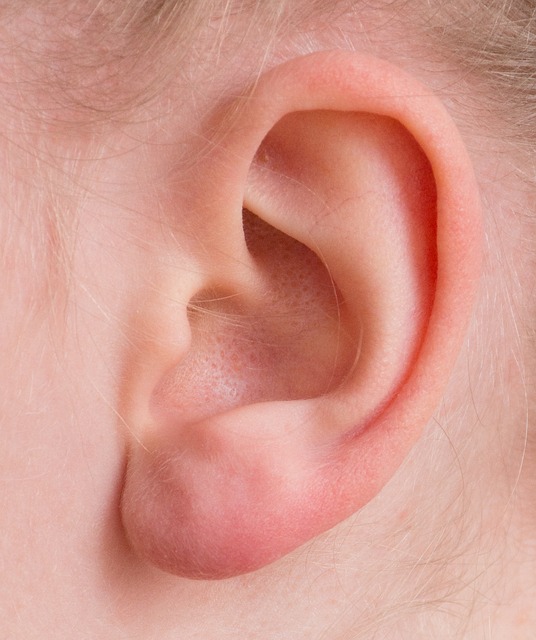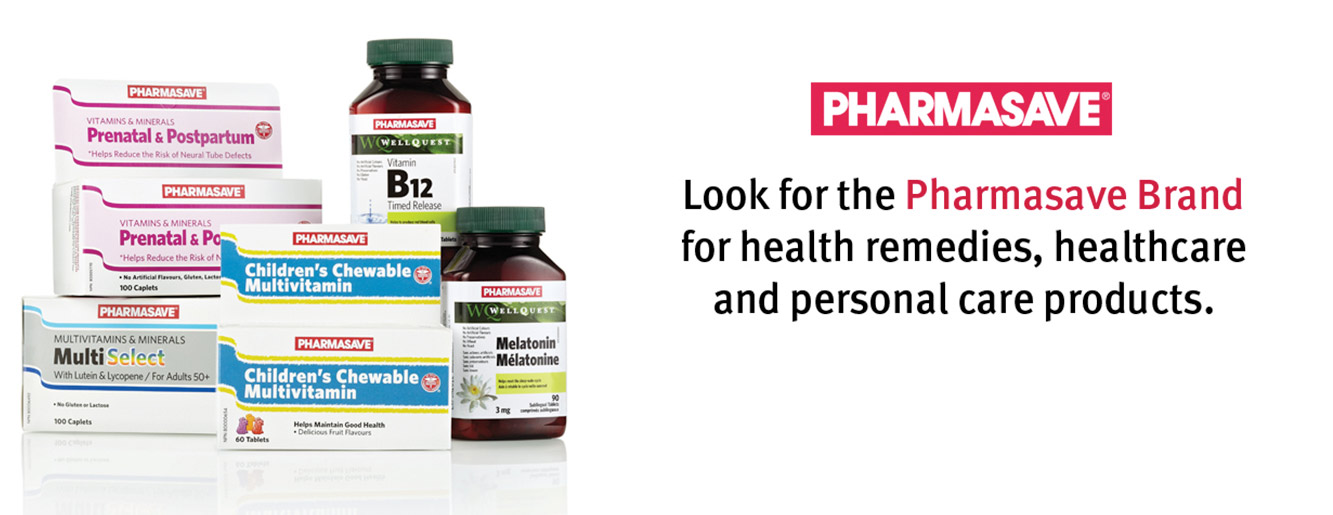
Otitis Media
The Facts
Otitis media is a middle ear infection that is most common in infants and young children, especially those between the ages of 6 months and 3 years. By the age of one year, most children will have had one or more middle ear infections. Although a middle ear infection can occur at any age, it’s much less common in older children and adults. Ear infections do not spread from person to person and they most commonly occur with a cold. Antibiotics are often used to treat ear infections, but in certain circumstances, a doctor may suggest waiting for 2 to 3 days before starting antibiotics.
Causes
The middle ear is connected to the throat by a small tube called the eustachian tube. It’s protected from the outside by a thin shield called the tympanic membrane, or eardrum. Viruses and bacteria that normally live in the throat can sometimes cross into the middle ear through the eustachian tube, causing an infection.
Winter is high season for ear infections. They often follow a cold. Some factors that increase a child’s risk for middle ear infections include:
- crowded living conditions
- attending daycare
- exposure to secondhand smoke
- respiratory illnesses such as the common cold
- close contact with siblings who have colds
- having a cleft palate
- allergies that cause congestion on a chronic basis
- premature birth
- not being breast-fed
- bottle-feeding while lying down
Barometric trauma is another risk factor for a middle ear infection. The pressure in the middle ear rises when the airplane you are travelling on descends or when you ascend while scuba diving. If the eustachian tube is not open, the pressure in the middle ear cannot be equalized, and thus, may cause injury, which increases the risk of an acute ear infection.
Symptoms and Complications
Middle ear infections can be categorized as acute, serous, or chronic.
Common symptoms of acute otitis media are fever, pain, and irritability. Other symptoms can include difficulty sleeping, tugging on the ear, and loss of or decreased hearing.
In children, the ear infection often begins after the child has had a cold for several days.
It’s more difficult to detect signs of ear infection in young babies. You may notice a change in mood or feeding, and the infant will most likely have a fever. Because ear infections are usually painful, many babies will be irritable.
If fluid builds up in the ear, the infection is called serous otitis media. (That’s serous, referring to fluid, not serious.) This occurs when the eustachian tube becomes blocked, and pressure in the middle ear drops. Under these circumstances, the child might experience hearing loss or impairment in the infected ear. This is usually only temporary. While this is usually no cause for alarm, anyone who experiences hearing loss or impairment should consult their doctor.
Chronic otitis media refers to a long-lasting ear infection. This is often complicated by (or caused by) a hole in the eardrum (perforation) from any one of the following:
- acute infection
- blocked eustachian tube
- heat or chemical burns
- injury from sudden air pressure changes
- injury from an object entering the ear
Chronic ear infections often flare up after a cold, or, if the eardrum is perforated, when water enters the ear during swimming or bathing. Repeated or long-lasting infections can destroy the small bones in the middle ear, leading to long-term hearing loss. More serious complications include spread to nearby organs, appearing as inflammation of the inner ear, facial paralysis, and brain infections.
Making the Diagnosis
From a visual examination inside the ear and description of the symptoms, your doctor can diagnose otitis media. In an infected ear, the eardrum usually appears red and swollen. Tests to identify which type of bacteria is causing the infection are not usually done unless fluid is removed from the middle ear.
Treatment and Prevention
Otitis media is often treated with antibiotics. To lower the chances of the infection returning, it’s very important to take the antibiotics regularly and finish the entire course of treatment even if the symptoms improve quickly (if you or your child experience bothersome side effects from the antibiotic, contact your pharmacist or doctor). Some ear infections are caused by viruses and some infections get better without antibiotic treatment.
A short period of watchful waiting for 2 to 3 days rather than antibiotics may be appropriate for children over 6 months of age with minimal symptoms who do not have recurrent infections or structural differences in their ears, and are not at high risk for complications. There are several antibiotics that may be used to treat otitis media. When deciding which antibiotic is the best one, the doctor will consider the medication allergy history, whether the infections are recurrent, and whether bacteria may be resistant to certain antibiotics. Treatment is usually given for 5 to 10 days depending on age and on the severity of the infection.
Pain relievers (e.g., acetaminophen*, ibuprofen) are recommended to ease the pain of the infection and to improve comfort whether or not antibiotics are used. Holding warm cloths over the sore ear may also provide some relief.
For adults, decongestants may help to reduce the feeling of plugged ears and antihistamines may help people who have allergies. But neither of these medications will cure the ear infection. Decongestants and antihistamines are not recommended for children since there is little evidence that they are helpful and they can cause side effects, some of which can be serious.
Children with repeated infections may need to have tympanostomy tubes inserted in their eardrums. These tubes help fluid to drain and help keep the pressure normal on either side of the eardrum.
If the child has a permanent hole in his or her eardrum that’s causing chronic otitis media, the eardrum itself may be repaired by a procedure called a tympanoplasty.
It’s hard to prevent ear infections since many children, especially those who attend daycare, are susceptible to colds. Careful hand-washing regimens can help reduce the chance of catching colds, so it’s important to remind your kids to wash up as often as possible.
Breast-feeding seems to lower the chances of developing ear infections among infants and children by helping to boost their immunity. Immunization with the pneumococcal vaccine can lessen the likelihood of getting ear infections caused by certain types of bacteria. The flu vaccine can also help reduce the chances of an ear infection.
*All medications have both common (generic) and brand names. The brand name is what a specific manufacturer calls the product (e.g., Tylenol®). The common name is the medical name for the medication (e.g., acetaminophen). A medication may have many brand names, but only one common name. This article lists medications by their common names. For information on a given medication, check our Drug Information database. For more information on brand names, speak with your doctor or pharmacist.
All material © 1996-2012 MediResource Inc. Terms and conditions of use. The contents herein are for informational purposes only. Always seek the advice of your physician or other qualified health provider with any questions you may have regarding a medical condition.

